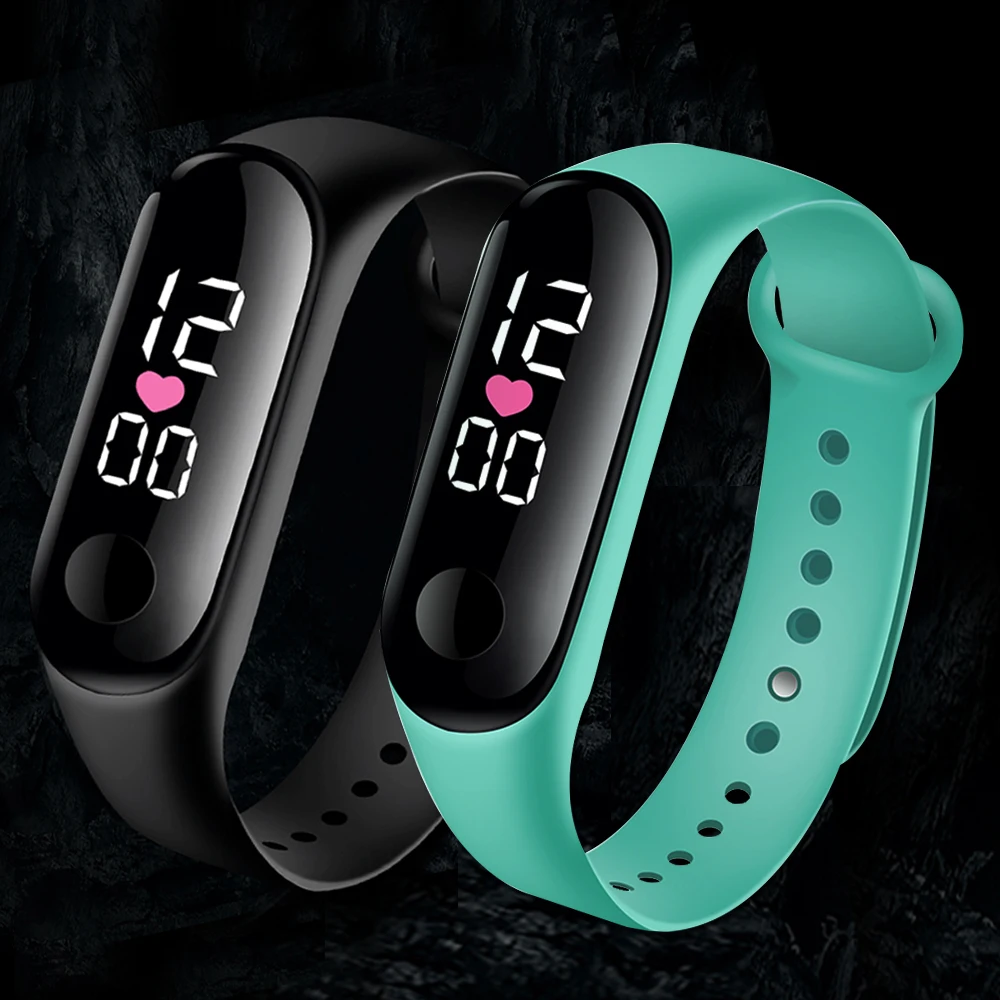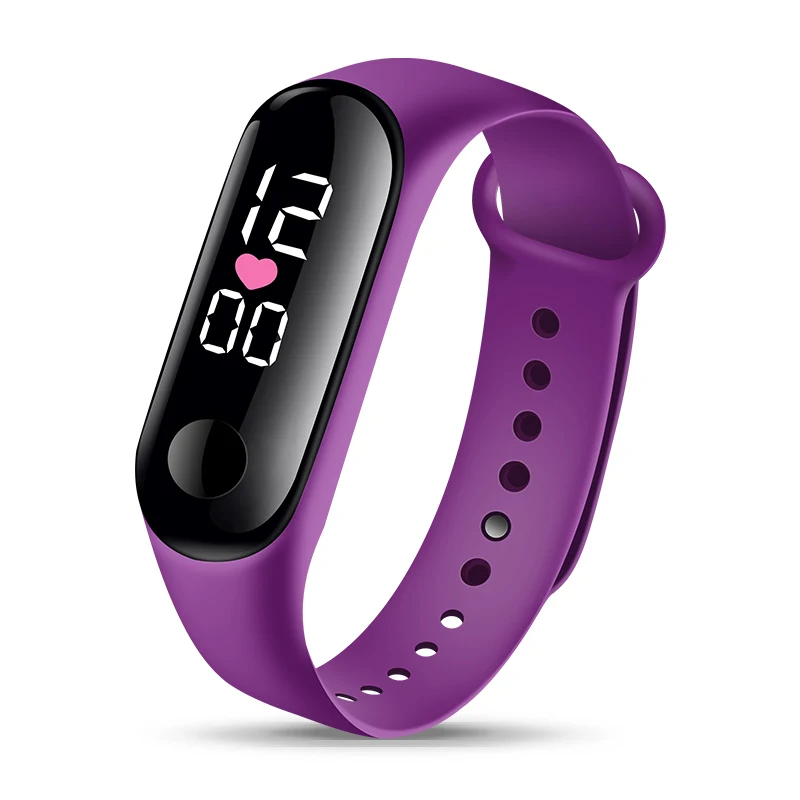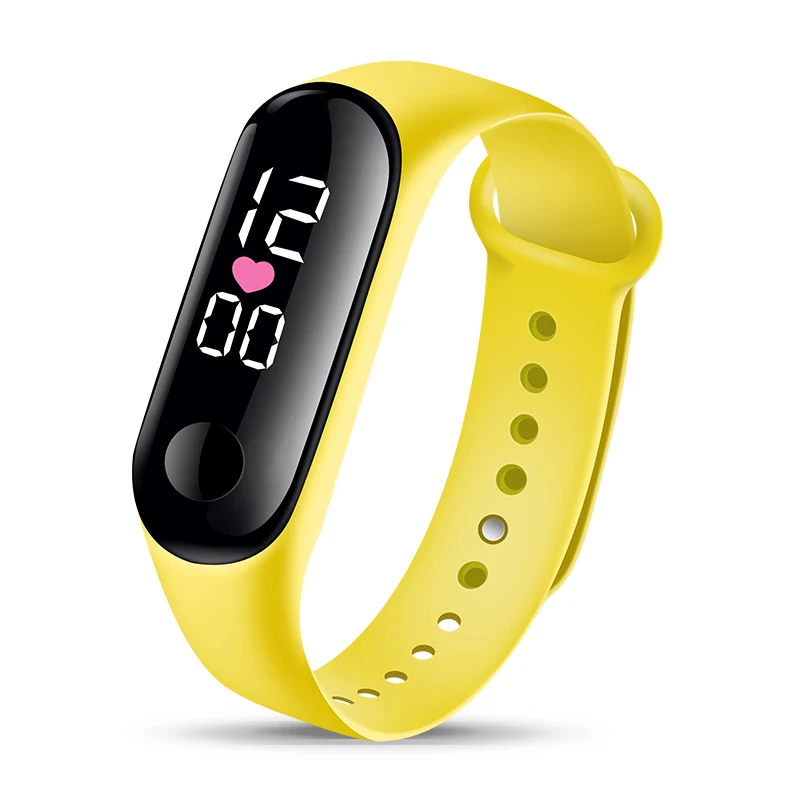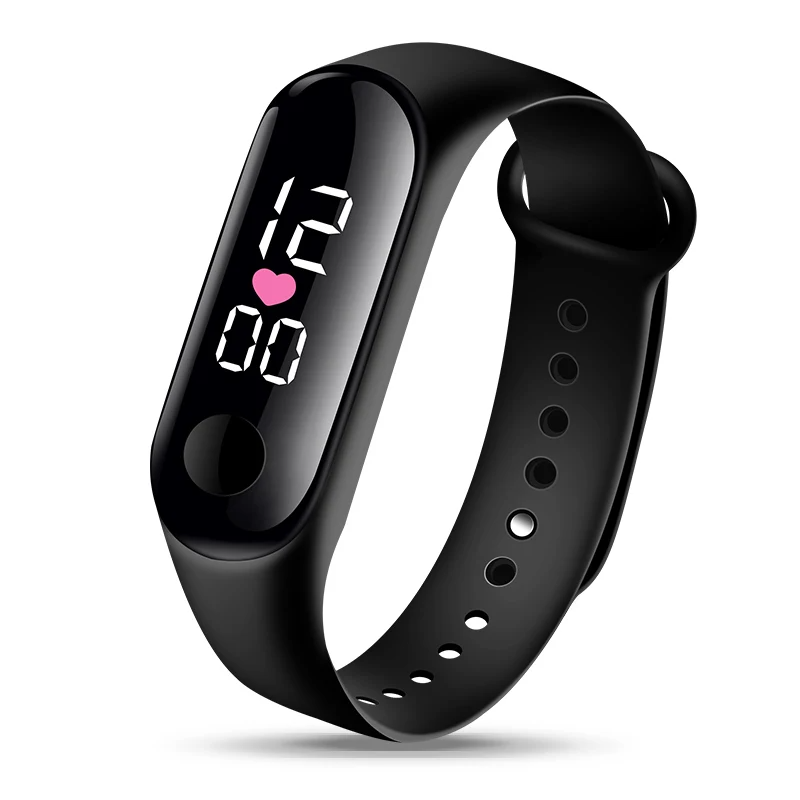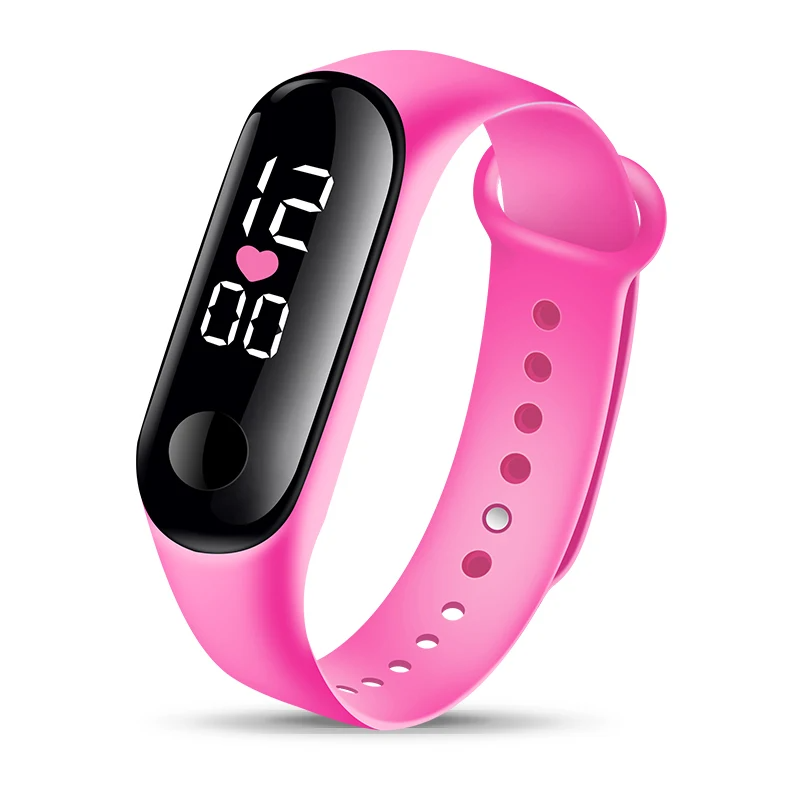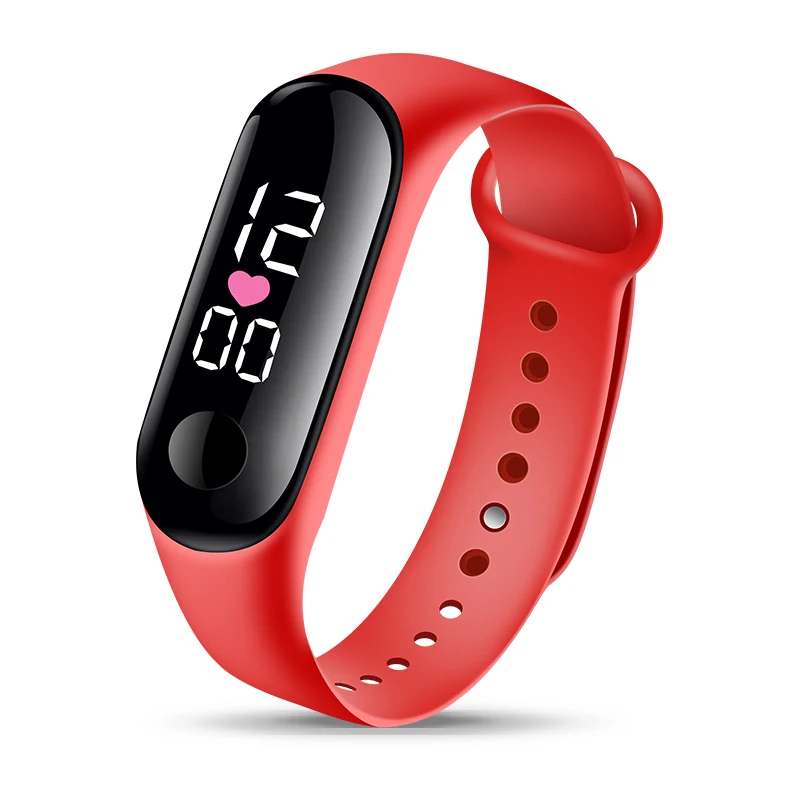Introduction: The Dawn of Digital Watches
Digital watches emerged in the late 20th century as revolutionary timepieces. Offering accuracy, durability, and advanced features, they quickly gained popularity. Unlike traditional analog watches, digital models display the time in numerical format. This innovation marked a significant leap in watchmaking and technology.
The Birth of Digital Timekeeping
The first digital watch, the Hamilton Pulsar, debuted in 1972. It featured an LED display and cost a hefty $2,100. Despite its high price, the Pulsar sparked a trend. It demonstrated the possibilities of digital technology in consumer devices. Subsequent models became more affordable, leading to widespread adoption.
Early digital watches used LED displays, which consumed a lot of power. Users had to press a button to check the time, as the display remained off to save battery. This inconvenience led to the development of LCD (Liquid Crystal Display) technology. LCDs offered continuous time display without significant battery drain. This transition marked a crucial evolution in digital watch technology.
Technological Advancements
Digital watches have seen numerous advancements since their inception. Today’s models offer features far beyond basic timekeeping. From fitness tracking to smart functionalities, digital watches continue to innovate.
Multifunctionality
Modern digital watches come equipped with a variety of functions. Many models include alarms, stopwatches, and countdown timers. These features cater to active lifestyles, aiding in time management and productivity.
Advanced models offer more specialized functions. Some digital watches include altimeters, barometers, and compasses. These features are particularly useful for outdoor enthusiasts and adventurers. Additionally, digital watches with water resistance have become common, catering to swimmers and divers.
Three decades ago, a digital watch with an integrated calculator was a marvel. Today, such features seem basic. Technology has evolved to include GPS, heart rate monitoring, and even contactless payments. These advancements demonstrate how digital watches have continuously adapted to meet consumer needs.
Smartwatch Integration
The rise of smartwatches represents the latest evolution of digital watches. Smartwatches combine traditional digital functions with advanced connectivity. They sync with smartphones to offer notifications, calls, and messaging. This integration turns the digital watch into a comprehensive personal assistant.
Leading tech companies entered the smartwatch market, driving innovation. Apple, Samsung, and Google offer feature-rich devices with sleek designs. These smartwatches cater to both tech enthusiasts and fashion-conscious consumers. Fitness tracking is another significant function. Smartwatches monitor steps, calories, and sleep patterns, promoting healthier lifestyles.
However, smartwatches are not without challenges. Battery life remains a crucial concern. Advanced features and bright screens consume considerable power. Despite this, continuous improvements in battery technology and power management are extending usage times.
Market and Consumer Trends
Digital watches have evolved alongside consumer preferences. Market trends reflect growing demand for multifunctional and stylish timepieces. The integration of digital technology in fashion underscores its mainstream appeal.
Fitness and Health-Focused Models
Fitness and health monitoring have driven significant growth in digital watch sales. Brands like Fitbit, Garmin, and Polar specialize in wearable fitness technology. These devices offer precise tracking of physical activity, catering to health-conscious consumers. They record metrics like heart rate, distance covered, and sleep quality. This data provides users with insights to improve their wellness routines.
Smartwatches have also incorporated advanced health features. For example, some models can perform electrocardiograms, measuring heart rhythm. Such features highlight the potential of digital watches to contribute to healthcare. They offer actionable data, helping users manage their health proactively.
Moreover, the pandemic accelerated the adoption of health-focused digital watches. Consumers sought devices that could monitor vital signs and promote physical activity during lockdowns. This trend is expected to continue, with increasing demand for health-centric wearables.
Fashion and Aesthetics
The aesthetic appeal of digital watches has also evolved. Early models prioritized functionality over style. However, today’s consumers seek timepieces that blend technology with fashion. Brands have responded by offering a range of stylish digital watches. Sleek designs, customizable watch faces, and premium materials cater to varied tastes.
Luxury brands have entered the digital watch market, bridging the gap between technology and haute couture. Companies like TAG Heuer and Montblanc offer high-end smartwatches. These devices combine traditional craftsmanship with cutting-edge technology. They appeal to consumers who appreciate both luxury and innovation.
Customizability is another trend. Digital watches with interchangeable bands and customizable faces allow users to express their style. This flexibility enables wearers to adapt their watches to different occasions, enhancing their versatility.
Future Prospects
The future of digital watches promises further innovation and expansion. Emerging technology and consumer trends will shape upcoming developments. From enhanced connectivity to sustainable designs, digital watches will continue to evolve.
Enhanced Connectivity
5G technology will revolutionize digital watches. Faster data speeds and lower latency enable more seamless connectivity. Smartwatches can perform complex tasks more efficiently, enhancing user experience. For example, high-quality video calls on your wrist could soon become a reality.
AI integration is another promising avenue. Future digital watches may feature advanced artificial intelligence. This could provide users with more personalized experiences. AI could analyze user data to offer tailored health recommendations or manage daily tasks. Enhanced voice assistants will make interactions more intuitive and efficient.
Sustainability in Design
Sustainability is becoming increasingly important in consumer products. Digital watches are no exception. Brands are exploring eco-friendly materials and production methods. Recycled metals, biodegradable bands, and solar-powered models are some initiatives. These efforts cater to environmentally conscious consumers, promoting sustainability.
Moreover, modular designs extend product lifespan. Watches with replaceable batteries and upgradable components reduce electronic waste. This approach aligns with the growing emphasis on environmental responsibility.
Expanding Use Cases
Digital watches will continue to find new applications. From medical monitoring to contactless transactions, the potential is vast. Integration with smart home technology is a forthcoming trend. Digital watches may control household devices, acting as a centralized hub.
In the medical field, digital watches could monitor chronic conditions. Continuous glucose monitors for diabetics or hypertension management tools are conceivable. Such innovations demonstrate the expanding role of digital watches in healthcare.
The education sector may also benefit. Digital watches with educational apps can support learning and development. They could offer interactive experiences for children, blending education with entertainment.
Personalization and AI
Personalization will become a significant focus for future digital watches. AI and machine learning will drive tailored user experiences. Watches will learn user preferences and habits, offering customized recommendations. This could range from fitness suggestions to productivity enhancements.
Enhanced sensors will provide more accurate data. Future digital watches will monitor a broader range of metrics. This includes stress levels, hydration, and even mental health indicators. These insights will empower users to manage their well-being more comprehensively.
Conclusion: The Enduring Appeal of Digital Watches
Digital watches have come a long way since their inception. Their evolution reflects technological advancements and changing consumer preferences. From basic timekeeping devices to multifunctional smartwatches, they have continually adapted.
The enduring appeal of digital watches lies in their versatility and innovation. They offer a range of functions that cater to diverse needs and lifestyles. As technology advances, digital watches will continue to push boundaries, offering new possibilities.
Their integration into fashion and health sectors highlights their relevance. Digital watches blend style with functionality, appealing to a wide audience. Emerging trends in sustainability and personalization promise an exciting future.
In summary, digital watches (Spanish:relojes digitales) are more than just timepieces. They are versatile, evolving devices that enhance daily life. Their journey from simple LED displays to AI-powered smart devices is a testament to human innovation. As we look to the future, digital watches will undoubtedly continue to surprise and delight us. They are, indeed, a remarkable blend of technology and tradition.
